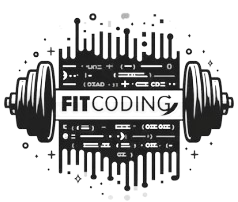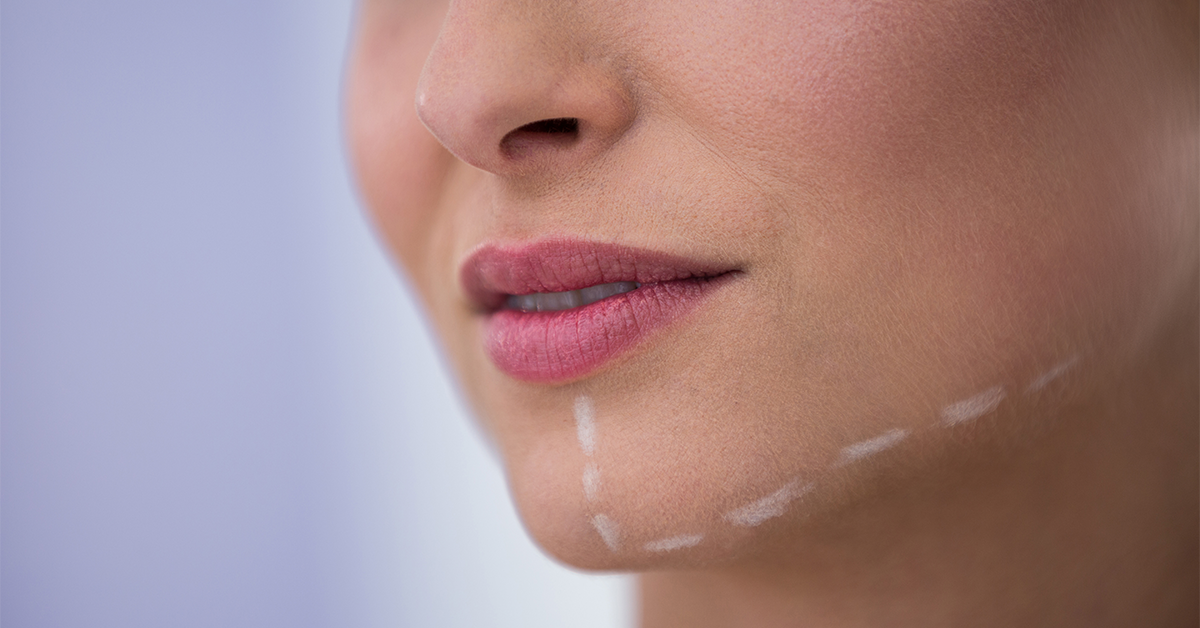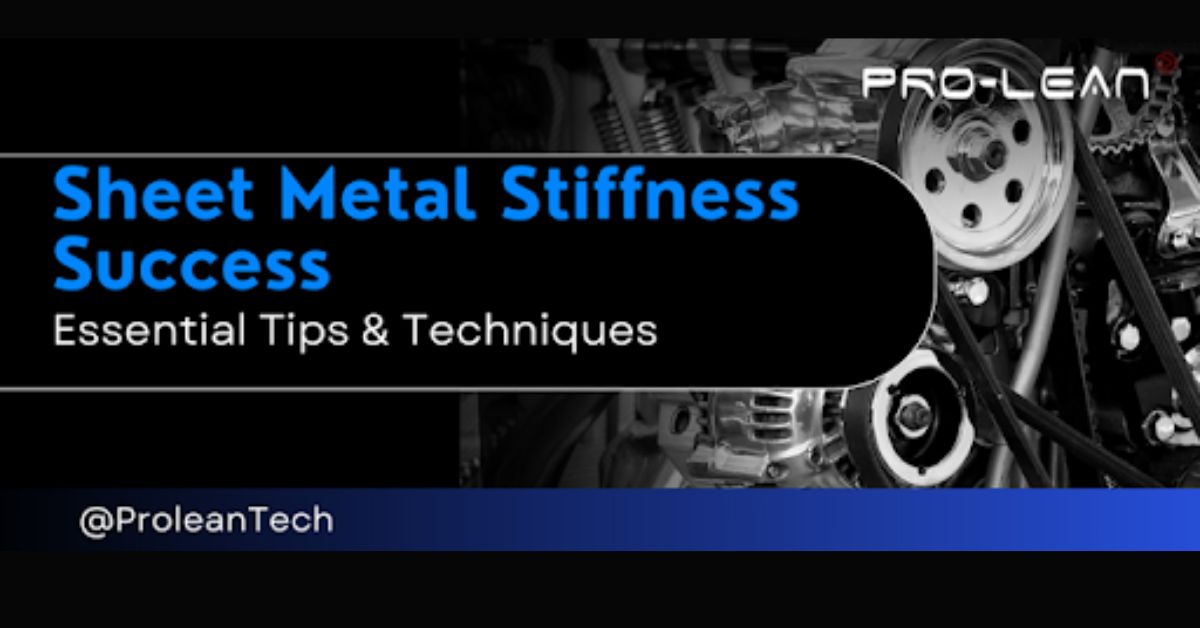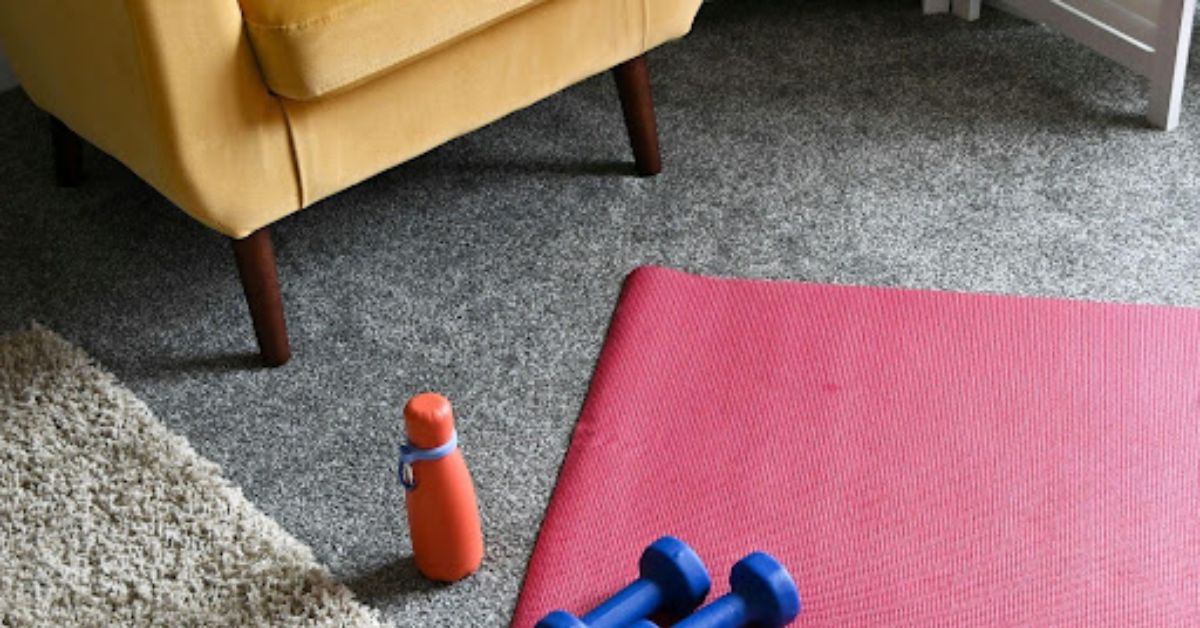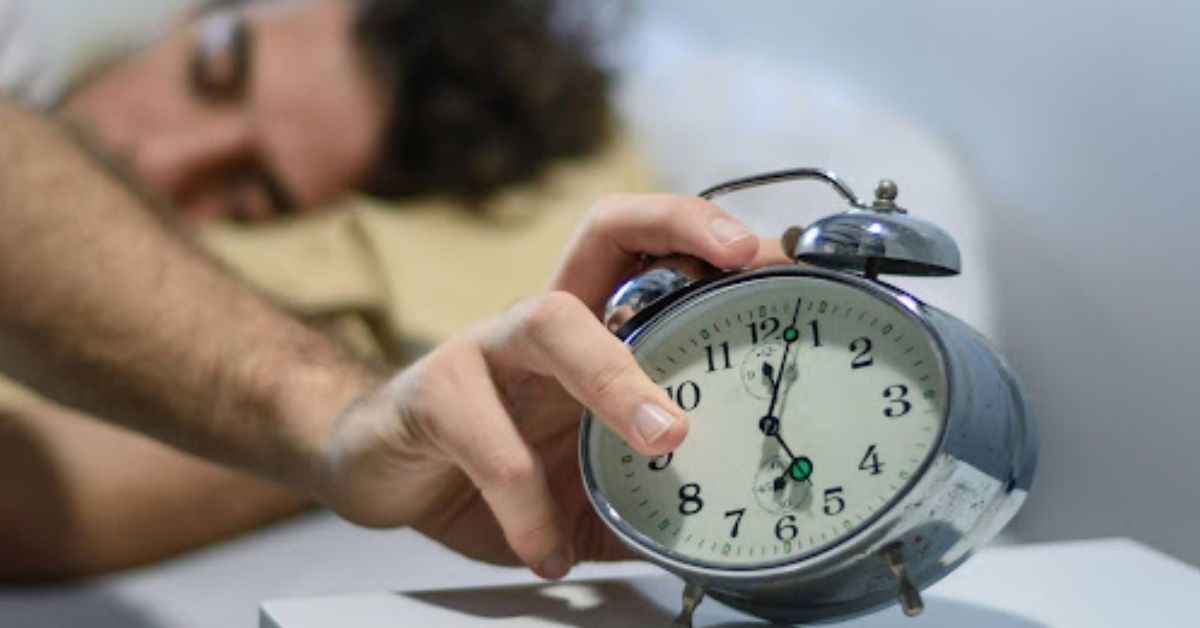Imagine catching your reflection and feeling a surge of confidence—your jawline is sharp, symmetrical, and ideally contoured. That’s the promise of V Line Surgery, a game-changer in aesthetic enhancement. Over the past decade, this innovative procedure has revolutionized how people redefine their facial profile, offering a sculpted look that harmonizes the chin and jaw into that coveted V shape.
But what exactly is V Line Surgery? How does it work, and is it right for you? In this comprehensive guide, we’ll dig deep into the process, benefits, potential risks, and recovery—giving you everything you need in one simple, conversational read.
TRENDING
Infant Cold Hands – Understanding, Preventing, And Treating It Effectively
What Is V Line Surgery?
V Line Surgery is a cosmetic procedure designed to refine the lower third of the face. The goal? To achieve a sleek, upright jawline that tapers into a soft, defined chin—the hallmark “V” shape vision. It typically combines mandibular contouring (jawbone reshaping) with genioplasty (chin alteration), using techniques like:
- Mandibular angle reduction: Trimming prominent jaw angles.
- Chin sculpting (genioplasty): Shortening, narrowing, or repositioning the chin.
- Sometimes proteins or implants: For soft tissue refinement.
Though popular in East Asia—particularly South Korea—it’s gaining traction globally, thanks to its transformative effects and rise in modern facial aesthetics standards.
Why Choose V Line Surgery?
Facial Harmony & Balance
Your lower face may feel out of proportion—perhaps the jaw angles are too wide, or the chin too square. V Line Surgery redefines these proportions, creating harmony with your cheekbones and forehead for a natural, balanced look.
Boosted Confidence
Countless patients report increased self-esteem post-surgery. A refined jawline can inspire confidence—not just in mirrors, but in photos and social settings too.
Precise & Customizable Results
Using advanced imaging, surgeons tailor each step—personalizing bone cuts and alignment to complement your unique facial structure. It’s bespoke beauty at its best.
Stable and Long-Lasting Effects
Once the bone is reshaped and healed, changes are permanent. Unlike temporary fillers, this is a lasting transformation.
Who Is An Ideal Candidate?
- Adults with mature facial bone structure (generally 18+)
- Good overall health (no bleeding/coagulation issues)
- Desire for subtle, refined enhancement—not radical transformation
- Realistic expectations about surgery outcomes
- Motivated for post-op care and follow-ups
During a consultation, your surgeon evaluates facial structure, skin type, and dental alignment to tailor the plan.
Step-By-Step: What To Expect
Initial Consultation
Diagnostic session includes:
- Facial and bone structure analysis
- Digital imaging and 3D simulations
- Discussion of goals, benefits, and potential trade-offs
Pre-Surgical Prep
Prior to surgery:
- Blood work and medical clearances
- Imaging—X-rays, CT scan, or 3D modeling
- Fasting and medication adjustments
Surgical Procedure
Under general anesthesia, typically 2–4 hours:
Jaw angle reduction: Incisions inside the mouth, bone trimming
Chin reshaping: Chin width shortened and/or repositioned
Bone fixation: Plates and screws secure the new structure
Closure: Suturing intraoral incisions; no external scars
Immediate Post-Op
- Swelling, bruising, and mild discomfort expected
- Soft diet and limited movement for the first week
- Regular follow-ups for swelling check and stitching
Recovery Timeline
- Weeks 1–2: Major swelling subsides; minimal pain
- Weeks 2–6: Gradual return to normal diet, activities
- 3–6 months: Final healing and jawline refinement reveals
Benefits Of V Line Surgery
Linear Contours
The sharpened mandibular border enhances definition and lifts the facial structure.
Chin Symmetry & Profile
Adjustments to the chin create balanced, aesthetically pleasing symmetry with the rest of the face.
No Visible Scars
All incisions are intraoral, meaning your transformation is all within—no traces left behind.
Permanent Results
Bone structure doesn’t revert—no need for repeated procedures or fillers.
Psychological Impact
Beyond cosmetic appeal, many patients note improved interpersonal confidence and self-image.
Risks & Considerations
While generally safe, awareness of potential issues is crucial:
Swelling & Bruising: Can last weeks; major recovery typically in the first month
Infection: Rare—but requires antibiotics and wound care
Nerve Sensation Changes: Temporary numbness in lower lip/chin is possible
Bone Healing Complications: Delayed or abnormal union, though minimized by surgeons’ expertise
Asymmetry or Irregular Edges: Requires precise surgical skill to avoid; may need minor revision
Success is largely determined by choosing an experienced, board-certified/maxillofacial surgeon.
Choosing The Right Surgeon
- Credentials matter: Board certification, specialized training
- Portfolio: Before-and-after galleries, 3D imaging, and real patient testimonials
- Clinic infrastructure: Accredited operating room, full support staff
- Communication: Clear explanation of expectations, limitations, follow-up care
- Post-op support: Accessible for emergencies, detailed recovery guidance
Cost & Geographic Differences
- Regional variation: South Korea and Thailand often offer lower costs with top-tier clinics
- North America/Europe: Higher price, but insurance-style clinical standards
- Range: Typically $8,000–$20,000 USD, depending on procedure complexity and locale
Always compare detailed surgery plans, facility quality, and surgeon experience—not just price tags.
Living With Your New Jawline
- Diet: Start soft, progress to normal within weeks
- Oral hygiene: Gentle brushing, mouth rinses, prescribed medications
- Facial care: Avoid strenuous activity and heavy chewing for 4–6 weeks
- Exercise: Light cardio post-two weeks; full activity post-recovery
- Cosmetic follow-ups: Allow healing before extra procedures like fillers or lasers
Patient Experiences & Testimonials
Case Study 1:
A 27-year-old with square jaw angles underwent mandibular angle reduction and genioplasty. Within 3 months, her selfies and confidence soared.
Case Study 2:
A 33-year-old male athlete reported sharper earlobe-to-chin lines and better facial photography angles after surgery.
Most feedback reflects satisfaction:
- “The change is so natural—I don’t look different, I just look like me, but more refined.”
- “I can finally profile shots confidently—no more feeling self-conscious.”
Alternatives & Complementary Procedures
If full surgery isn’t your goal, you could consider:
- Dermal fillers: Temporary jaw and chin contouring, lasts 6–18 months
- Botox masseter injections: For mild slimming through muscle reduction
- Liposuction / Kybella: Removing submental fat to refine jawline without bone changes
Keep in mind: these are non-surgical with shorter recovery, but not permanent and less dramatic than V Line Surgery.
About Surgical Safety & Innovations
Surgeon tools and practices continue to evolve:
- 3D modeling and virtual pre-op planning: Enables highly personalized bone reshaping
- Computer-guided precision cuts: Improved symmetry, reduced risk of asymmetry
- Minimally invasive techniques: Smaller incisions, faster recoveries
- Plateless fixation: In some cases using biological adhesive or resorbable pins
Choose clinics that leverage the latest FDA/CE-approved technologies for better outcomes.
Conclusion
V Line Surgery is reshaping how people see themselves—literally. By refining jaw angles and chin shape, it offers subtle yet transformative enhancements that deepen facial harmony and boost confidence. With careful planning, realistic expectations, and skilled surgical teams, it can deliver life-changing results.
If an elegant, well-defined jawline speaks to you—asking, “Can V Line Surgery help me be my best self?”—the answer might be closer than you think.
ALSO READ: Cannabis And Antibiotic: Exploring Their Interaction And Potential Benefits
FAQs
What is V Line Surgery?
V Line Surgery is a cosmetic procedure focused on reshaping the lower face to achieve a smooth, tapered “V” jawline. It combines mandibular angle reduction and genioplasty (chin reshaping) to provide permanent, symmetrical results.
How long does recovery take?
Most swelling subsides in 2–4 weeks. You can return to normal eating and light activities within a month. Full bone healing and final aesthetic results typically emerge by 3–6 months post-op.
Is the result permanent?
Yes. Since the jawbone is permanently reshaped, the contour remains stable over time. Soft tissue may shift with aging, but the bone structure won’t revert.
Are there visible scars?
No. All incisions are made inside the mouth, so there’s no external scarring. Proper intraoral healing techniques ensure cosmetic discretion.
Am I a good candidate?
Good candidates are healthy adults with clear jawline goals, no major dental or bone issues, and realistic expectations. A consultation with a certified surgeon will confirm your suitability based on facial anatomy and health factors.
